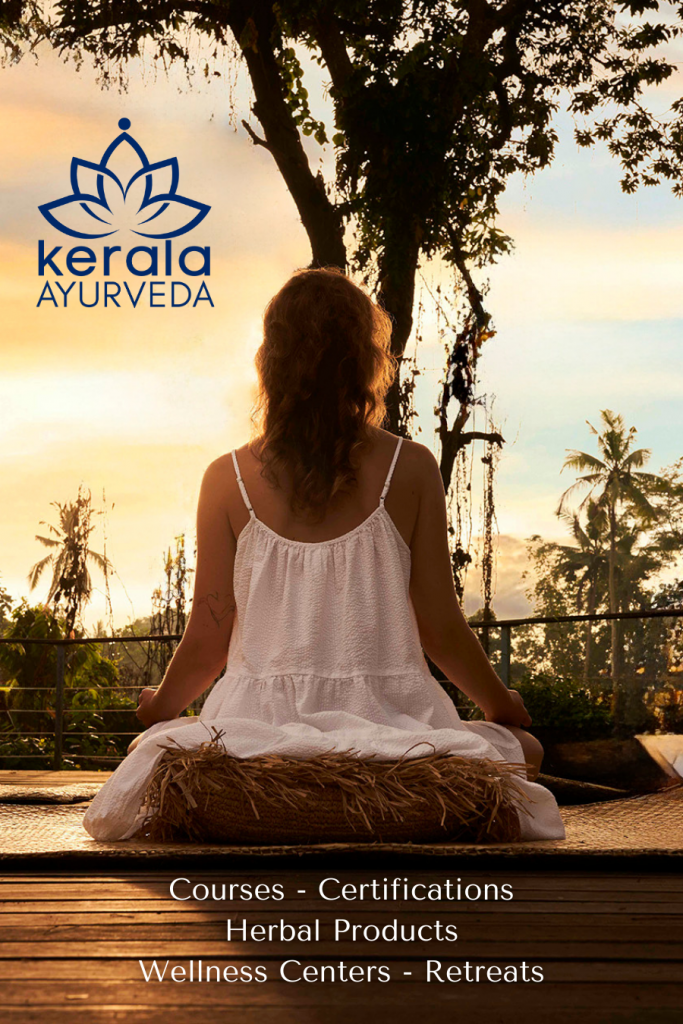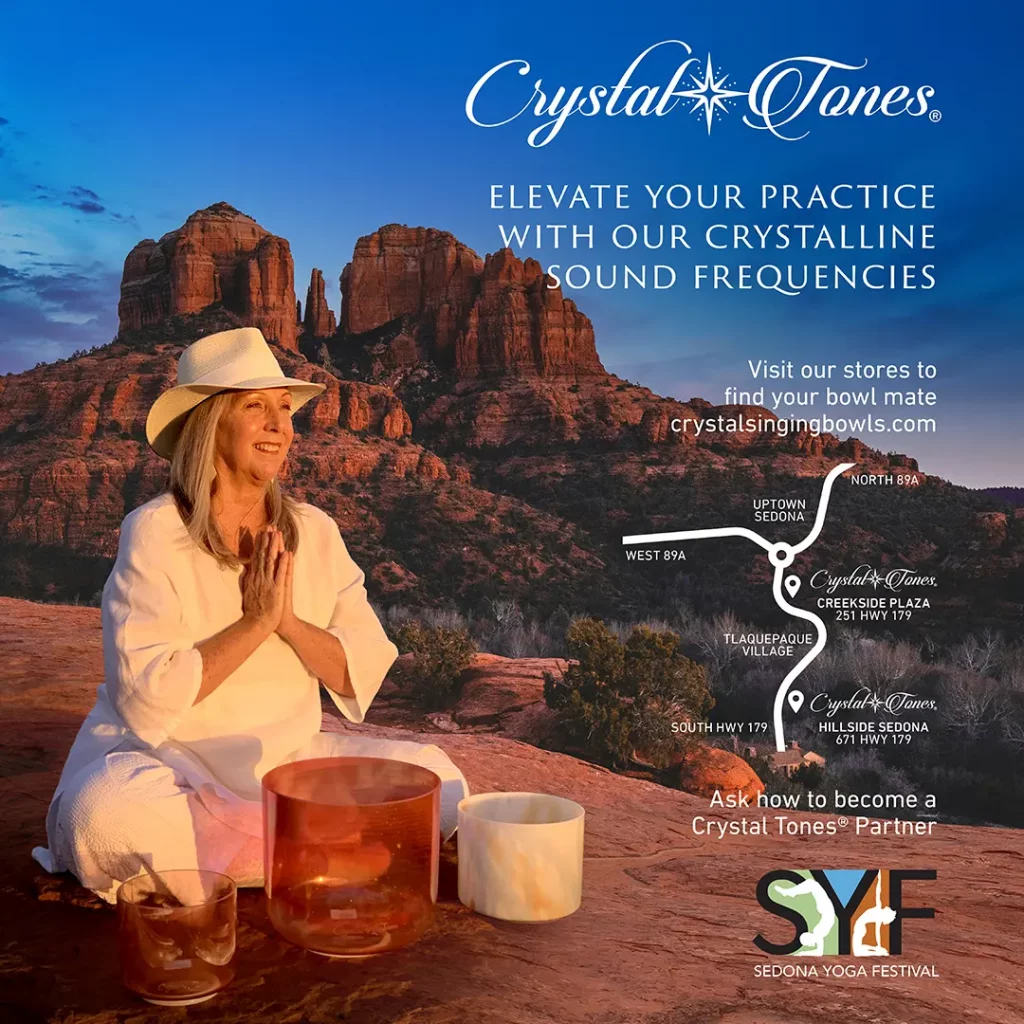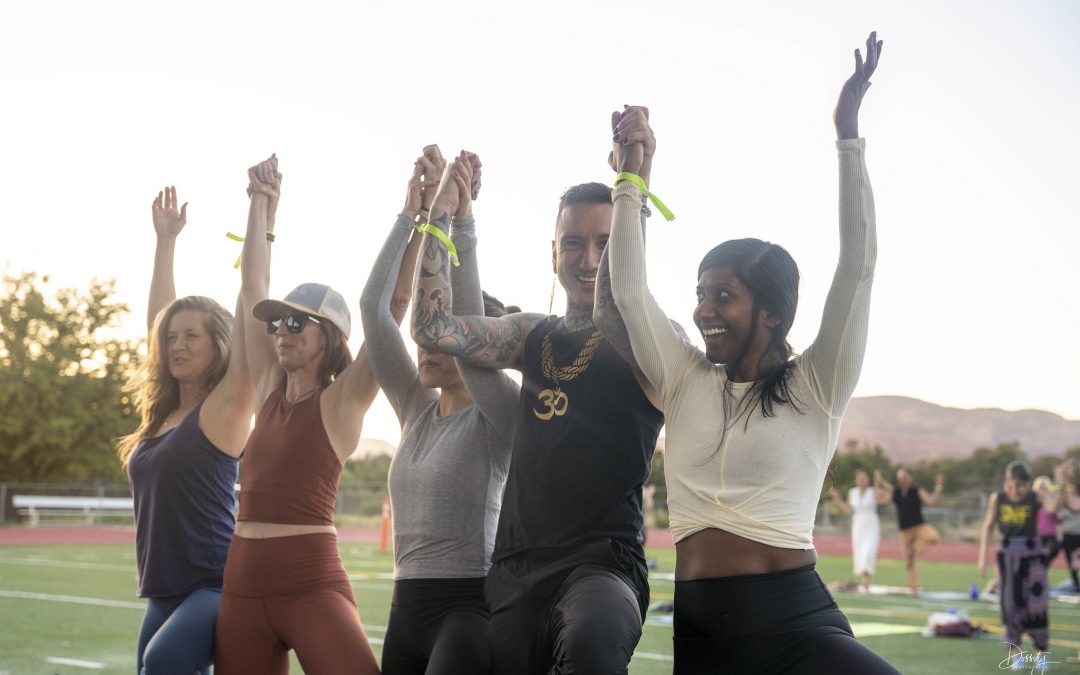
Oct 4, 2023 | Sedona Yoga
The biggest question of our time just might be “What does Unity look like?” Spanning in-person connection, video connection, text connection, and phone connection, there are plenty of ways for us to come together and explore what it means to be in a shared or unified space. And yet while technology has brought us closer together across the globe, we are still facing so much division internationally, intra-nationally, and societally. The theme for SYF2024, All Together Now, asks us to ruminate on this: Despite being more “connected” than ever, our world is still largely defined by what separates us. How does Yoga help?
Yoga, of course, is a practice of unity, an exploration of what it means to link body and breath, thoughts and movements, stillness and evolution. It can be a deeply personal and private endeavor, but is one most effectively explored with the support and guidance of experienced teachers and community. So what happens when we come together in intention and consciousness?
There’s no shortage of studies on the power of togetherness, and as we all continue to emerge into a post-pandemic lockdown reality, there are no shortage of personal anecdotes on the importance of face-to-face togetherness, either. As writer Gretchen Kelly eloquently puts it for The Good Men Project:
There’s something special that happens when people come together. There’s a humanity in showing up to share an experience. There’s connection with people who are otherwise strangers. It gives me hope every time I go to a show. Hope because there is power in people. There is energy and strength in being united and finding a common purpose. Hope because for all of our differences, there are times when we can come together and make something incredible happen. Hope because we are all broken, flawed, beautiful people just trying to make it in this world.
As you explore what All Together Now means personally for you, we invite you to consider the following:
- How do we hold each other in community as we walk our unique paths?
- What tools and practices and networks support us in evolution of the collective consciousness as well as our own?
- How do the two interplay and are in fact one and the same?
- How do we together build the future and how do our collective and individual actions in the now serve to co-create that future?
- What does yoga have to offer us to support the will and energy required to build a just and abundant world joyfully while navigating the many crises we face together as one human family in the company and respect of our plant and animal neighbors?
Never has it been more compelling for us to proactively create — in our unique way — toward the collective goal of peace, equanimity, and compassion. The Sedona Yoga Festival is an opportunity to co-create the future you want to see, and that begins with togetherness. We can’t wait to be together with you in March!
The 11th Annual Sedona Yoga Festival is March 14–17, 2024, in Sedona. Tickets on sale now!
Lead image by Ty Dobbs.
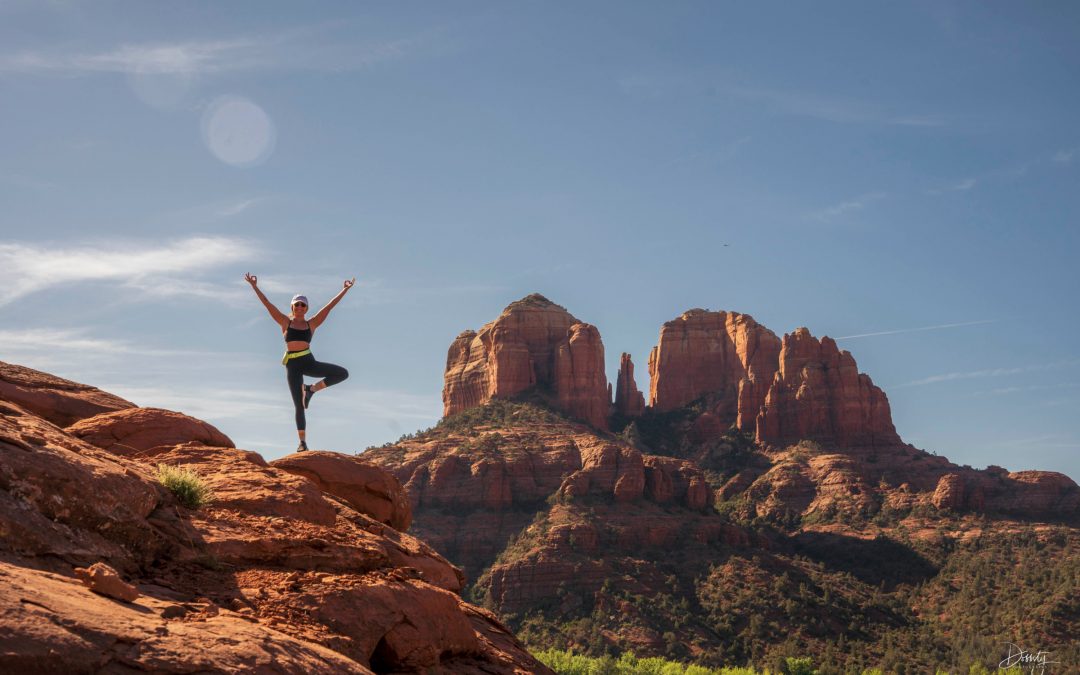
Sep 20, 2023 | Sedona Yoga
by Lisette Cheresson, SYF Communications Director
photo by Ty Dobbs
The autumnal equinox is upon us — the moment of equal parts light and dark, night and day; the moment when the world is in a state of balance, at least on its axis. It ushers in the changing of the seasons, a moment of transition from the levity and playfulness of summer to the beginning of a more introspective season brought on by those shorter days and nights.
Yoga is many things, of course, but can be at its foundation viewed as a practice of balance; both physical and metaphysical, in mind and in body, in philosophy and in practice.
The idea of balance is touted often in asana classes: classes are sometimes constructed entirely upon sequences that build to a peak balance pose. Instructors will often use postures such as Tree Pose to illustrate that the sense of inner calm necessary to hold the pose can be illustrative in other moments or challenges in life. The resiliency required by balancing asanas can be viewed in other contexts as lessons for living a more balanced life.
The more general teachings of yoga are also pertinent as we explore the idea of balance in practice. We seek the balance of integrated movement and breath. We aim to live a life in pursuit of service to others and in the knowing of our interconnectedness. When living in integrity of our dharma, we seek balance of personal goals with those of our human family as a whole. We are called to explore the balance of light and dark in our lives, and strive for living in the light even while acknowledging the shadow of our darkness.
Sutra 2.46, “sthira sukham asanam,” can be interpreted as a philosophical call to balance. It translates to an instruction that postures need be both steady and easeful; that when we come to practice meditation or asana, we are seeking that balance of effort and ease. We open our minds and hearts to meditation when we are able to sink into our breath, and be fully in the present, without being aware of pain or unease in our physical bodies. We are in the most expressive version of asana when we are steady and still in our expression — not when we hit the most “advanced-looking” version. The balance of ease and effort defines the way that we integrate our yoga into our selves, and informs the way these lessons show up in our everyday lives.
And so, on this autumnal equinox, may you find both comfort and inspiration in your practice, and in the natural world as we tip the scales toward winter. Happy fall!
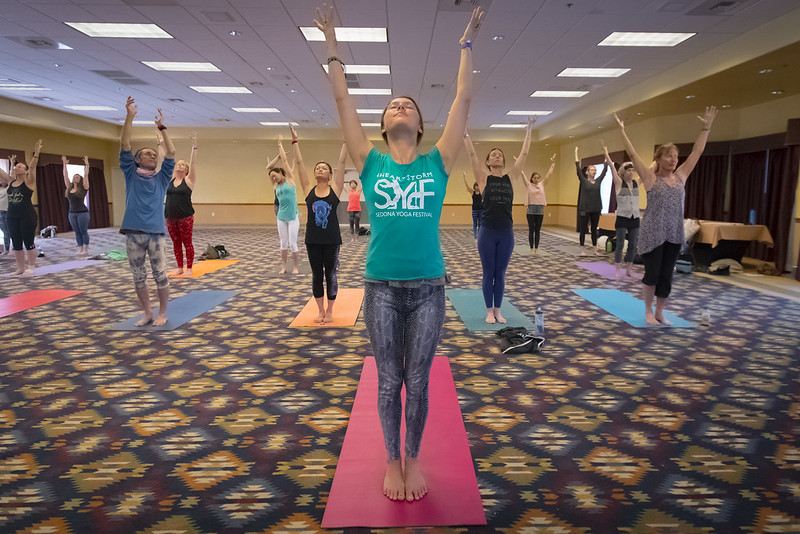
Apr 18, 2023 | Programming Spotlights, Sedona Yoga Festival Teacher Feature
By Donna Schnoor, E-RYT500/YACEP owner of Yoga4Ullc
Lead image by Arin Pitcher
As yoga practitioners, most of us have heard the term sthira sukham asanam. It is one of the most often quoted aphorisms in Patangali’s Yoga Sutras, (2.46). In general translation it stands for steadiness and ease in your seat. So what does all this have to do with the term “hugging to midline”?
The “midline” is the imaginary vertical axis that bisects the whole body, from the crown of the head all the way down to the foundation. If you’re familiar with construction, think of it like a plumb line. In Yoga think of it as the Sushumna, the vertical axis or channel in the subtle body where your pranic energy flows. The midline is the foundation in which each posture is built.
Physically drawing or (hugging) into the midline will help make your practice stronger and more stable. Instead of using the outermost muscles to support the pose, we learn to engage the deep inner muscles, so the pose starts from the inside out, rather than the outside in.
On an emotional and spiritual level, finding your midline helps us to find that inner strength and stability to cultivate balance in our lives. This balance between action and stillness, or steady and comfortable. This balance supports you from the inside, just as the physical action of muscles hugging to midline supports our bodies in practice.
Eckart Tolle speaks of “feeling the inner body as a way of connecting to the present moment”.
When we come to our first seat of practice, we find our own physical space, we turn inwards to access something deeper within ourselves in which to build our practice.
As we start to move, we begin to learn to ‘hug-in’, to firm the muscles around the bone, to create a strong and stable foundation in our practice.
Learning to ‘hold our center’ gives us the support we need when being pulled off balance with life’s experiences, whether they be physical, emotional, or mental.
When we reach Savasana, our opportunity for relaxation and integration, we find our center once again, both physically and mentally, and from this center we can experience a sense of letting go.
Explore your midline and the foundation for functional asana with Donna at SYF2023, April 27–30! Passes are available here.
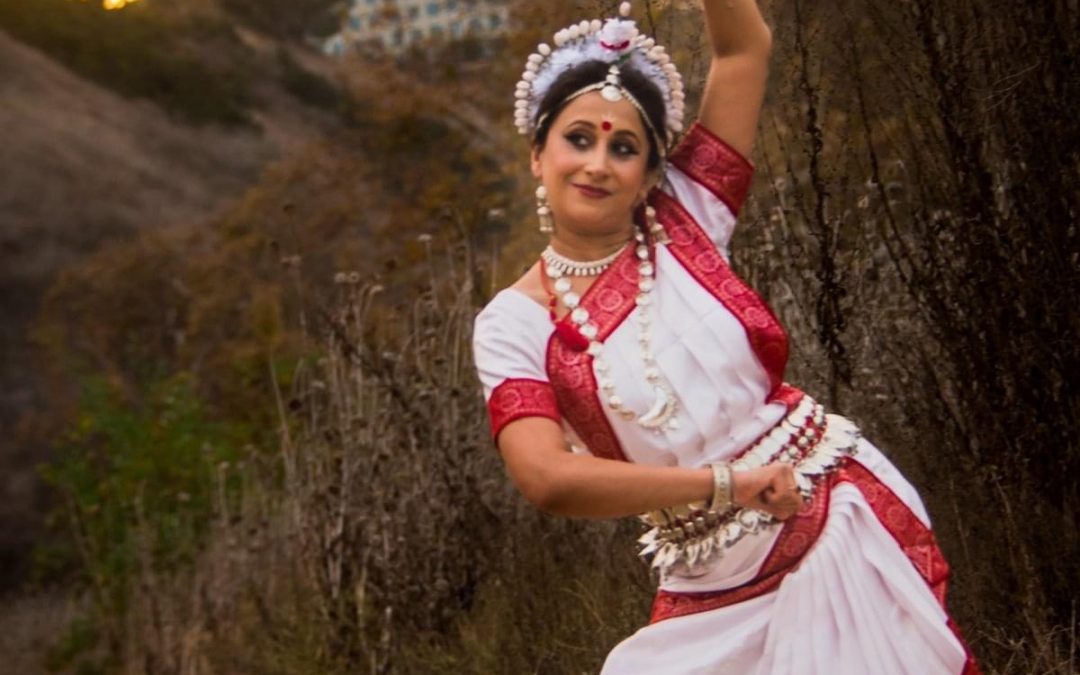
Apr 18, 2023 | Programming Spotlights, Sedona Yoga Festival Teacher Feature
by Nilanjana Banerjee, RDM Studio
Lead image by The Dreamy Pomgrn8
Odissi is a 2000-year-old dance from Eastern India. This dance is rooted in yoga, bhakti and spirituality. It connects the human spirit to the divine and was performed for centuries inside the temples by female dancers. These women were the equivalent of the priestesses in the temples using powerful Sanskrit mantras and dance movements to worship and invoke the Gods and Goddesses.
Dance movement is another somatic modality like yoga, breathwork, meditation and sound bath to open up your chakras, and create more space specially in your ribcage, and hips. These are areas in the body that are most stuck in todays modern world.There are senescent cells that form when someone undergoes trauma that holds onto the memories within their cells. It’s like they are frozen in time.
Odissi dance movements are unique in the sense that there is a significant movement of the neck, rib cage and opening of the hips. According to Dr Mima, who specializes in mind body connection,
“As a woman in modern day life, you spend very little time on these areas and in fact sitting at desks, driving cars actually keeps the hips and ribs closed. Over time this constricts proper airflow and the energy within the sacral chakra. By opening the hips and ribs in this dance you increase blood flow to your sacrum and oxygenation to your lungs and chest organs. Dancing barefoot also connects the body with earth’s energy. The earth carries an electromagnetic field and when we connect barefoot with the earth we literally ground our energy and rebalance ourselves. This relieves anxiety and stress and also helps rebalance the adrenal and endocrine glands in the body.”
Both masculine (shiva) and feminine (shakthi) energies are addressed in this dance. Once the strong masculine moves and softer feminine moves are mastered, the dancer begins to internalize the moves and their meaning. This is very similar to meditation. In dance you not only connect with yourself in flow, but you are also connecting with the divine. There is deep healing when this occurs.
Nilanjana says, “working with numerous adult students, over a period of time I realized the power of my dance, how I was not only teaching them an ancient art but also healing them with my energy, giving them the power and confidence of a Devi. Be it physical injuries or deep emotional trauma, most of their traumas came to the surface during the course of my regular teaching. There was an emotional release and sometimes continuing the practice helped many deal with traumatic life situations, empowering them to find and embody the strength of the Gods/Goddesses and even transform their outcomes to a point of reaching bliss. Of course this takes time, dedication and practice. But it’s the discipline and commitment that makes all the difference.”
It is believed that one can access the Anandmaya kosha by regularly practicing this dance and being immersed in this sadhana.
Please join Nilanjana and RDM Studio for Trauma Workshop 8.00 am on Friday April 28th and an upcoming dance performance at SYF2023. Passes are available here!
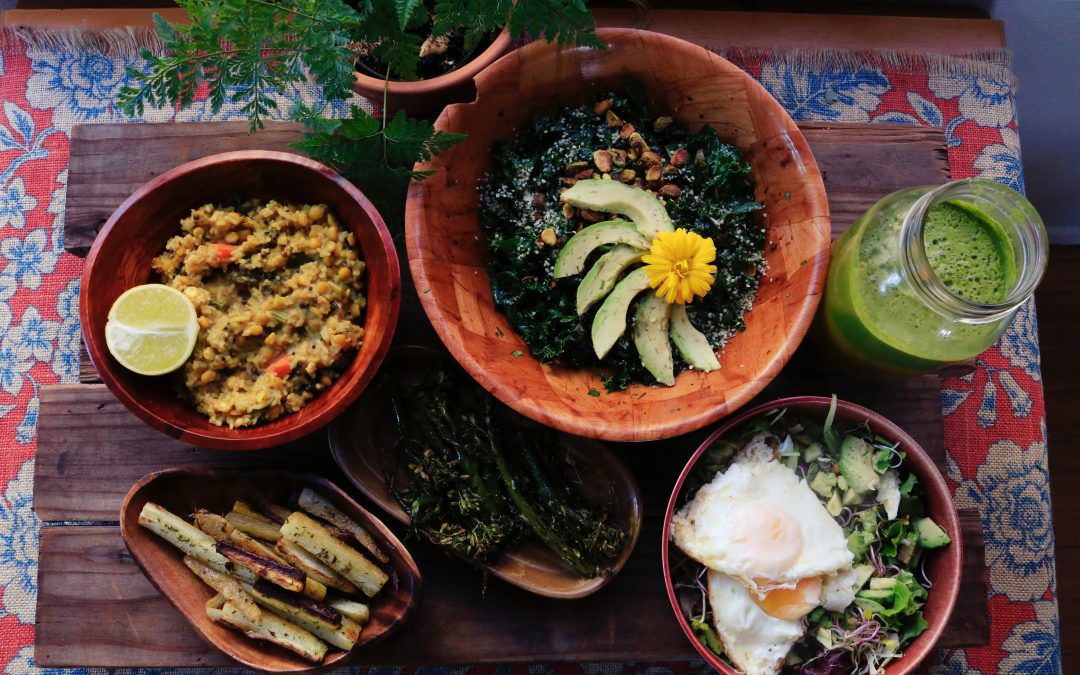
Apr 18, 2023 | Programming Spotlights, Sedona Yoga
by Judyth Shamosh, Ph.D., Systems Herbalist
Ayurveda
A philosophy for perfecting
through the art of the heart,
the timeless Truths of millennia
balancing Beauty
and graceful Goodness
to manifest our material matter
in harmony and healthful rhythm
to understand the Universe
to understand ourselves.
~J. Shamosh
Ayurveda is the earliest form of medicine on our planet originating in India well over 5000 years ago. It was, at first, a Vedic oral tradition before it was eventually written down. From northern India, the knowledge and wisdom of Ayurveda spread and was modified as it expanded throughout the world. Ayurveda is the Big Bang of medicine.
Ayurveda for over 5000 years has continually valued what modern physics has shown to be reality—the foundation of life is consciousness and body or energy-matter, but the essence of life is the spirit-awareness, the “heart of matter” –part of the living cosmic web of life. Our lives are physics and poetry, matter and expression, context and awareness. It is this fundamental understanding and wisdom of all aspects of life that renders Ayurveda so valuable in maintaining our health.
The vital science and system of Ayurveda provides guidance for living in harmony with our inner, microcosmic, and outer, macrocosmic, environments as well as other beings around us. Ayurveda’s way of teaching us is very poetic, because life is poetic, with much more going on between the lines than is readily apparent by just the material facts themselves.
Ayurveda is unique in that it clearly informs us how to live in harmony with Nature. One may call it the original ecological worldview where the fundamental interdependence of all living systems is primary. Ayurveda encompasses all aspects of life—our physical bodies, our thoughts and emotions, our spiritual connections, our relationships and inter-relationships to each other and the other living systems in our environment. Ayurveda teaches us how to maintain a dynamic harmony with these concepts to maintain and regain our health.
The Five Phases of Ayurveda precisely and poetically, describes the energetic processes that are inherent in the energy and matter of our bodies. The actions and experiential effects of the Five Phases transmit the chemical actions or potency of herbs and foods into our bodies to help us heal and maintain our health. Ayurveda’s foundational theory of the Five Phases combine in different ways to constitute our doshas. Learning the roots of the Five Phases gives us a more profound understanding of our doshas.
Explore more Ayurveda techniques, recipes, and foundational philosophy with Judyth and many more at SYF2023 April 27–30! Passes available here.






